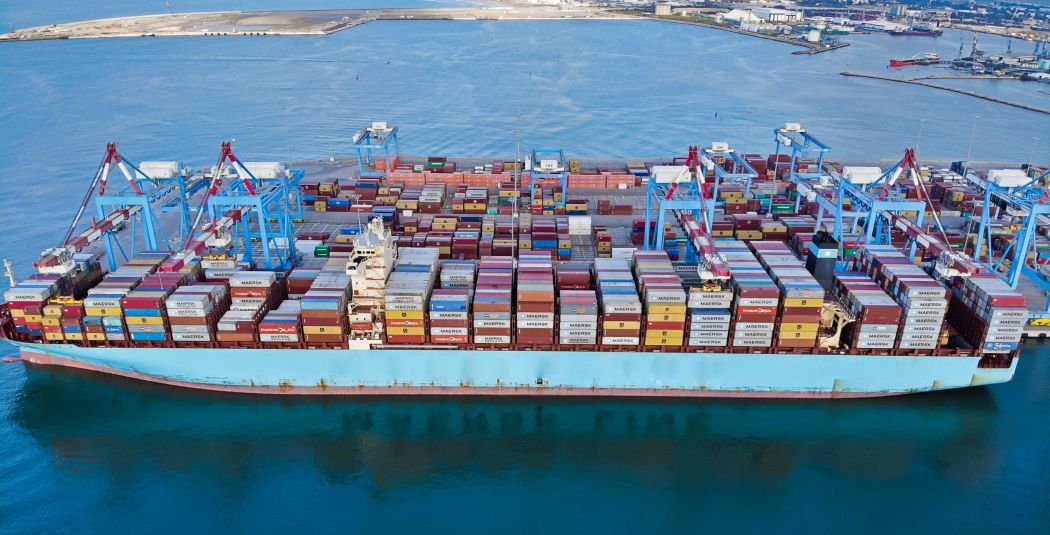Delegates at this week’s UN Climate Change Conference (COP25) will once again try to implement measures to halt our march towards disastrous global warming. And as new plans and goals are announced at the end of these conferences, the rest of us will continue with our daily routines, making only piecemeal changes in our lifestyles and feeling a bit helpless given the size of the problem.
This thought occurred to me as asparagus from Mexico caught my eye while I was strolling through the vegetable section of the supermarket. Asparagus in the autumn, of course, is actually no longer so eye-catching. Nor is any type of out-of-season produce. A few steps away from the asparagus was yet another out-of-season food, this time from Peru – blueberries.
Out-of-season fruit and vegetables were generally not available a couple of generations ago, although some produce that keeps well, such as apples, cabbage, carrots, potatoes and onions have been eaten year-round for centuries. But as far as out-of-season fruit and vegetables go, that was about it.

Today, we have grown accustomed to having all sorts of fruit and vegetables at all times of year. No doubt, anyone under about 40 years old finds it completely normal to be able to buy blueberries and asparagus at any time of year. However, until fairly recently, asparagus and blueberries were available only in the spring and summer respectively, if at all.
These two fruits and vegetables deserve a closer look because unless they are eaten when they are in season, they must have come from far away, which explains their Mexican and Peruvian origin at this time of year.
Mexico and Peru have climatic conditions which, in the case of asparagus and blueberries, can be manipulated so that they ripen during our autumn and winter, when we would not normally expect to eat them in the northern hemisphere. But these are not normal times.
This manipulation, in the case of asparagus, is carried out by growers who plant it in the desert. By timing the irrigation, the plants can be triggered to reach harvest-ready maturity to meet demand in export markets in the fall and winter.
Asparagus, unlike blueberries, however, is especially sensitive. Under ideal temperatures and atmospheric conditions, blueberries can be shipped by sea as far as Asia, which takes several weeks, and arrive in palatable condition. Not so with asparagus, which quickly loses flavour and becomes woody as time passes after it is harvested. Anyone who has personally harvested an asparagus spear and immediately fried it with a bit of salt and garlic will know what I mean. It’s succulence and texture bear little resemblance to the supermarket variety.

This means asparagus for export from distant places like Mexico must be transported by air to reach markets in a condition that is acceptable to consumers. And this means each of those green spears has to be hauled ten kilometers into the sky and flown at close to a thousand kilometers an hour to its destination.
By one estimate, the carbon footprint of air-freighted food is 50 times greater than that of produce shipped by sea. Among vegetables, out of season asparagus has a greenhouse gas emissions rating of 8.9 kilograms, by far the highest of any vegetable. Compared with pumpkins, which are hardly ever shipped by air, and have the lowest footprint among vegetables at 0.3 kilograms, eating asparagus in the fall and winter has to be viewed as an egregious affront to the planet.
However, when typical shoppers notice asparagus in the supermarket and casually toss a bundle into the basket, notions of the associated carbon footprint probably never enter their minds. They can be forgiven because most food packaging does not state the means of transport used, and even if our air-freighted fruit and vegetables were required to have a little airplane icon sticker, the average consumer would view it positively, likely thinking the food was fresher.
One bundle of airfreighted asparagus, which weighs perhaps half a pound, obviously has a negligible effect on the environment. But when multiplied by millions of consumers, the amount of asparagus quickly increases from kilos to the hundreds of thousands of tons. And when other types of air-freighted fruits and vegetables are added to the list, the tonnage mounts to the millions.

Because most air-freighted produce comes from warm countries, an argument could be made that by purchasing this food here in Hong Kong, we are making a positive contribution to workers in a poor country, which in some sense is like development aid. On the other hand, it is generally acknowledged that the developing world will suffer most from climate change.
The solution to our unsustainable eating practices is clear: having a better-informed public that is willing to act. In order to reduce the heavy carbon load of our present diet, the public needs to be educated via labeling on food packaging.
Just as all food packaging now requires labels indicating nutritional values such as calories, likewise, as a first step, there should be labels indicating the carbon load that a food item has. Obviously such a step will not change everyone’s food purchasing behaviour, but raising the awareness of consumers’ food choices and how they have an impact on the environment, and the unsustainability of our present eating habits, would be a step in the right direction.
The delegates at COP25 not only need to agree on country-level policies, but also strategies on how to get individual members of society involved. Weaning us off air-freighted food should be high on the agenda.
